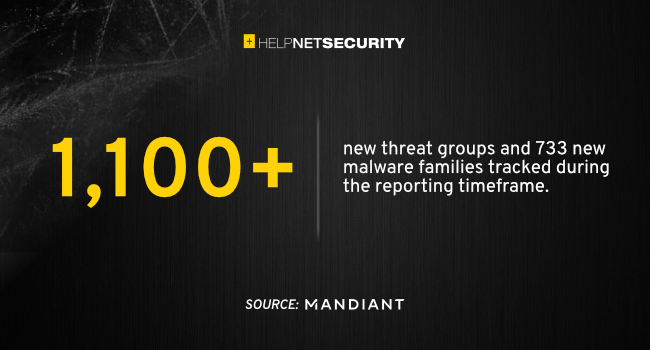58 percent of malware families sold as a service are ransomware

The Kaspersky Digital Footprint Intelligence team presented a new study that reveals ransomware as the most widespread Malware-as-a-Service (MaaS) over the past seven years. The study is based on research conducted on 97 malware families been distributed on the dark web and other resources. Additionally, the researchers found that cybercriminals often lease infostealers, botnets, loaders, and backdoors to carry out their attacks.
Malware-as-a-Service (MaaS) is an illicit model of business involving the leasing of software to carry out cyberattacks*.* Typically, clients of such services are offered a personal account through which they can control the attack, as well as technical support. It lowers the initial threshold of expertise needed by would-be cybercriminals.
Ransomware to be the most popular Malware-as-a-Service
Kaspersky’s experts examined various malware families’ sale volumes, as well as mentions, discussions, posts, and search ads on the darknet and other resources regarding MaaS to identify the most popular types. The leader turned out to be ransomware, or malicious software that encrypts data and demands to payment for decryption. It accounted for 58 percent of all families distributed under the MaaS model between 2015 and 2022. The popularity of ransomware can be attributed to its ability to generate higher profits in a shorter space of time than other types of malware.
Cybercriminals can “subscribe” to Ransomware-as-a-service (RaaS) for free. Once they become partners in the program, they pay for the service after the attack happens. The payment amount is determined by a percentage of the ransom paid by the victim, typically ranging from 10 percent to 40 percent of each transaction. However, entering the program is no simple task, as it entails meeting rigorous requirements.
Infostealers accounted for 24 percent of malware families distributed as a service over the analyzed period. These are malicious programs designed to steal data such as credentials, passwords, banking cards and accounts, browser history, crypto wallets data, and more.
Infostealer services are paid through a subscription model. They are priced between 100 and 300 U.S. dollars per…



